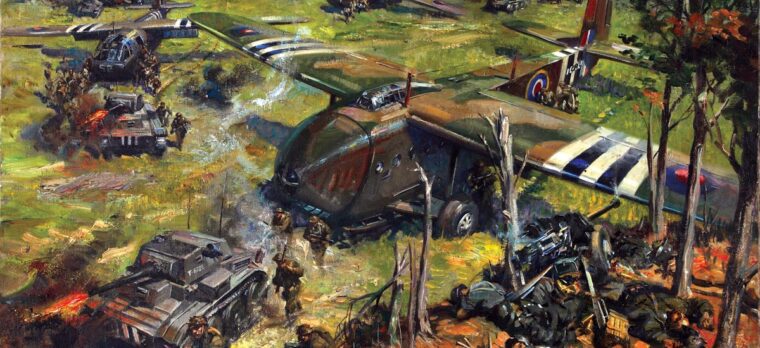
European Theater
The Flying Pipeline
By Patricia Overman
“Flying supply missions with the 435th Troop Carrier Group, or any tactical group of IX Troop Carrier Command, is a combination of taking a physical beating and sweating out land and aerial war hazards”
—Michael Seaman, Warweek Staff Writer, Stars and Stripes, April 29, 1945
By April 1945 the Allied Armies were racing east as German resistance crumbled. Read more























